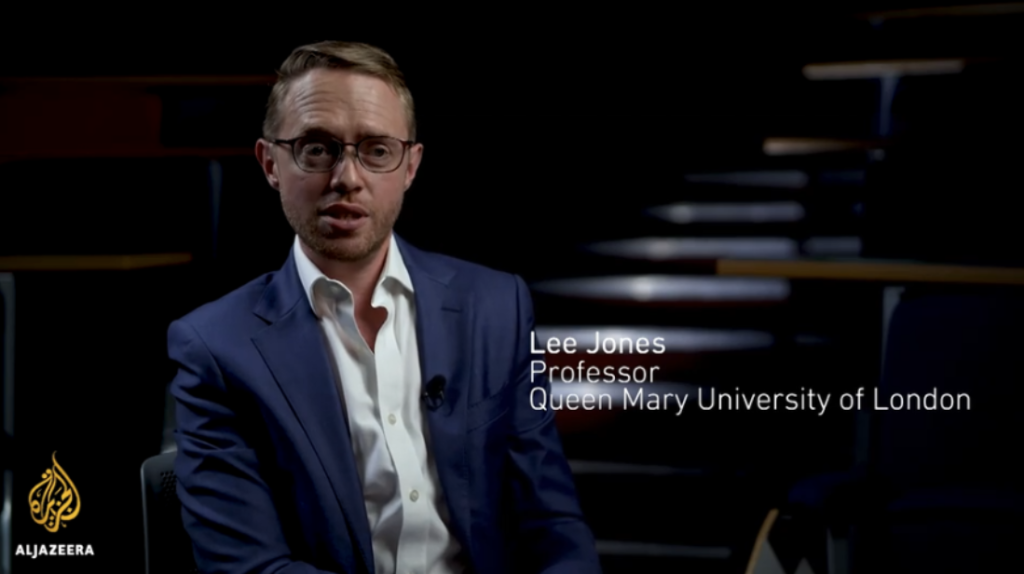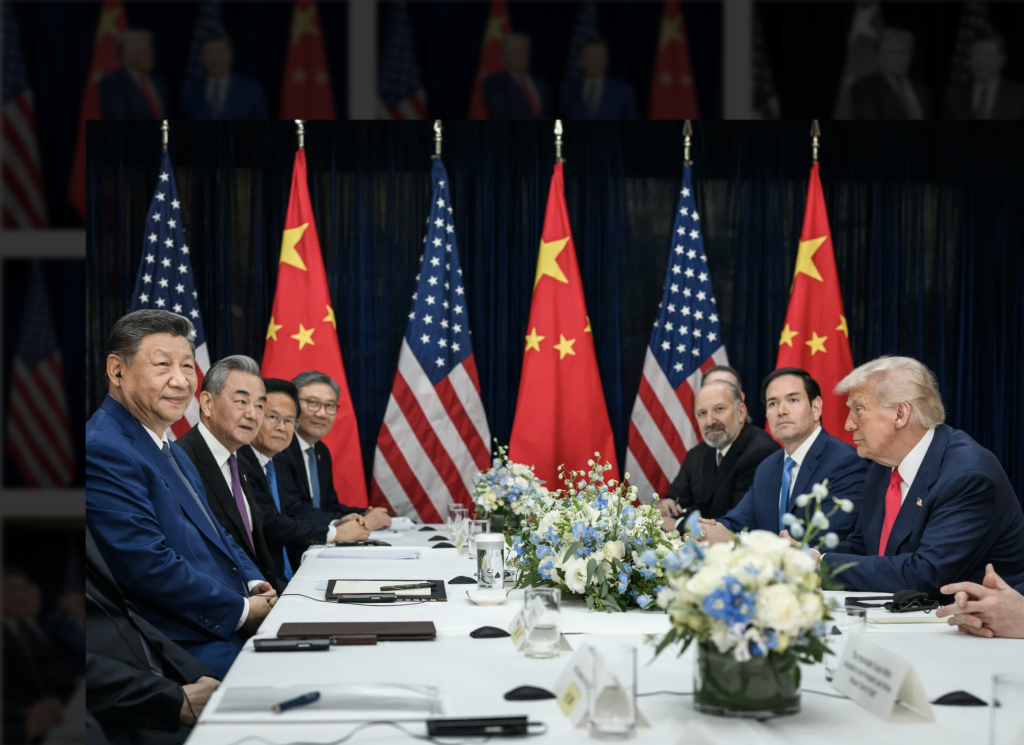When Xi Comes Around
After leaked news from a Politico subsidiary reported that Chinese Premier Xi Jinping and President Donald Trump will officially meet for the first time for a daylong meeting. The two leaders will convene at the Trump National Golf Club at Mar-a-Lago, the 126-room, 110,000-square-foot estate located in Palm Beach, Florida. As both American and Chinese political enthusiasts begin to squirm in profound excitement, the question on everyone’s mind is what should we expect? To derive what might be on the horizon it is beneficial to look at the outcomes of some of Trump’s other meetings with foreign leaders to get a better sense of how events might unfold. Since taking office in January 2017, Shinzo Abe, Angela Merkel, and Theresa May are just a few of the leaders who have come to pay “homage” to the new American President. In these meetings President Trump can be seen as placing emphasis on trade and security, issues he hung his hat upon during the election campaign. As he has always said the President is a business man, and in this regard, security and economic concerns seem to hold the same weight.
It seems that, in line with past policy, Japan will retain its position as the focal point for America’s Asia policy. The primary goal of the meeting held with President Abe in early February was to reaffirm U.S commitments to Japan which the President had claimed too expensive in the past. While beginning at the White House, President Abe was able to experience the full presidential treatment, traveling with Mr. Trump to the same Palm Beach resort where the April meeting will be held. During that same time, North Korea deemed it necessary to perform a ballistic missile test which “traveled 500 kilometers (310 miles) before landing in the Sea of Japan, also known as the East Sea”, putting into perspective the imminent threat the rogue state presents to U.S Asian allies. In a the President was quoted as wanting to work with Japan on issues of “freedom of navigation and of navigation, and defending against the North Korean missile and nuclear threat” , adding that “on the economy, we will seek a trading relationship that is free, fair and reciprocal, benefitting both of our countries”, a reference no doubt to the Trans Pacific Partnership in which the U.S. will take not part.
As was the case with Japan, President Trump’s primary issues brought out in his meeting with Chancellor Merkel of Germany were security based, and focused on the issue of NATO. The most important outcome of this dialogue was a clarification of the administration’s position, with Trump stating that he holds “strong support for NATO, as well as the need for our allies to pay their fair share for the cost of defense.” This of course is referring to his view that a disproportional amount of that organization’s defense budget has been supported by America in the past, and that those other nations involved should contribute the 2% of their GDP required by the treaty, which only 5 out of the 28 countries are currently doing. This is indicative of the transactional nature that Mr. Trump seems to have taken in regards to international affairs, and falls in place with his “America First” strategy. During the meeting Trump was adamant that “on trade with Germany, I think we’re going to do fantastically well” but that “negotiators for Germany have done a far better job than the negotiators for the United States”, emphasizing the need for deals in regard to automobiles and automobile production to be reworked.
In the case of Theresa May’s visit to the White House, Trump pulled back on previous statements asserting that the United States would withdraw from NATO, signaling that he was “100 percent committed to the deal.” The two presidents committed to maintaining the “ special relationship”, and pledged increased bilateral trade after the invocation of the Treaty of Lisbon’s Article 50, which “gives any EU member the right to quit unilaterally, and outlines the procedure for doing so, officially removing Britain from the E.U.” As exemplified by his staunch support for the Brexit movement and opposition to the North American Free Trade Agreement (NAFTA), a bilateral approach to trade seems to be the direction the American president is leaning towards. On security, stronger collaboration on the transnational security threat posed by I.S.I.S. was discussed, and deemed a priority for both countries in regards to foreign policy.
Since the announcement the President has taken to Twitter, his usual modos operandi for communicating with the public, stating that “the meeting next week with China will be a very difficult one in that we can no longer have massive trade deficits and job losses”, indicating that a conversation may be had about the trade barriers Trump discussed during the campaign. North Korea also seems to be a topic President Trump wishes to broach with Premier Xi. In tradition with recanting his previous statements during meetings with foreign leaders we could expect Trump to do the same on North Korea and his claim that the Chinese need to more to keep the country in check. In an interview with Financial Times President Trump has already said Chinese support is not necessary to deal with the Kim Regime, and that the U.S would take a unilateral route if need be. As April 6th approaches, nothing is certain, but if the past is any indicator trade and security have and will continue to be at the forefront of Trumps mind during the Mar-a-Lago summit. I wonder what will wind up next on the negotiation table.








